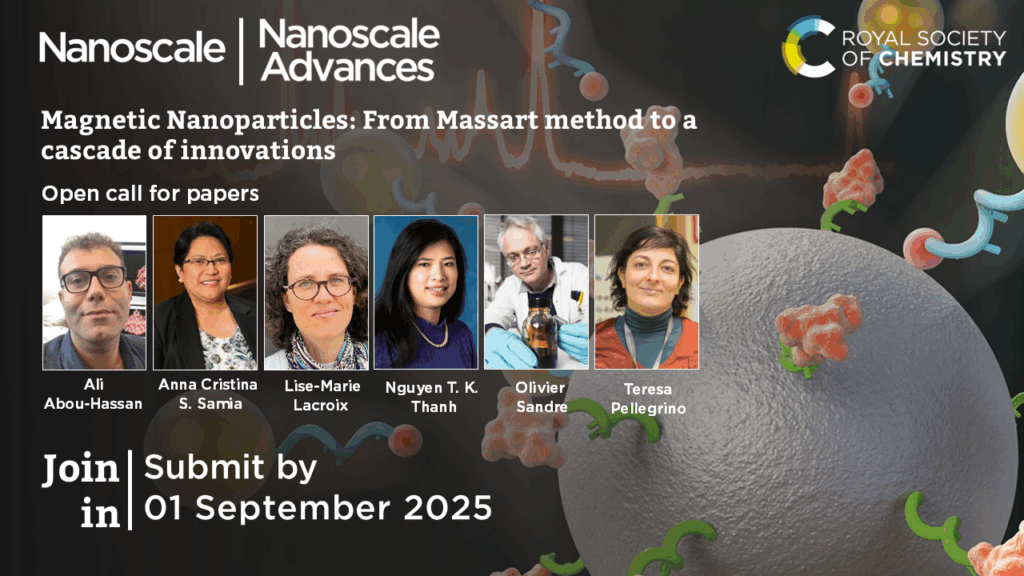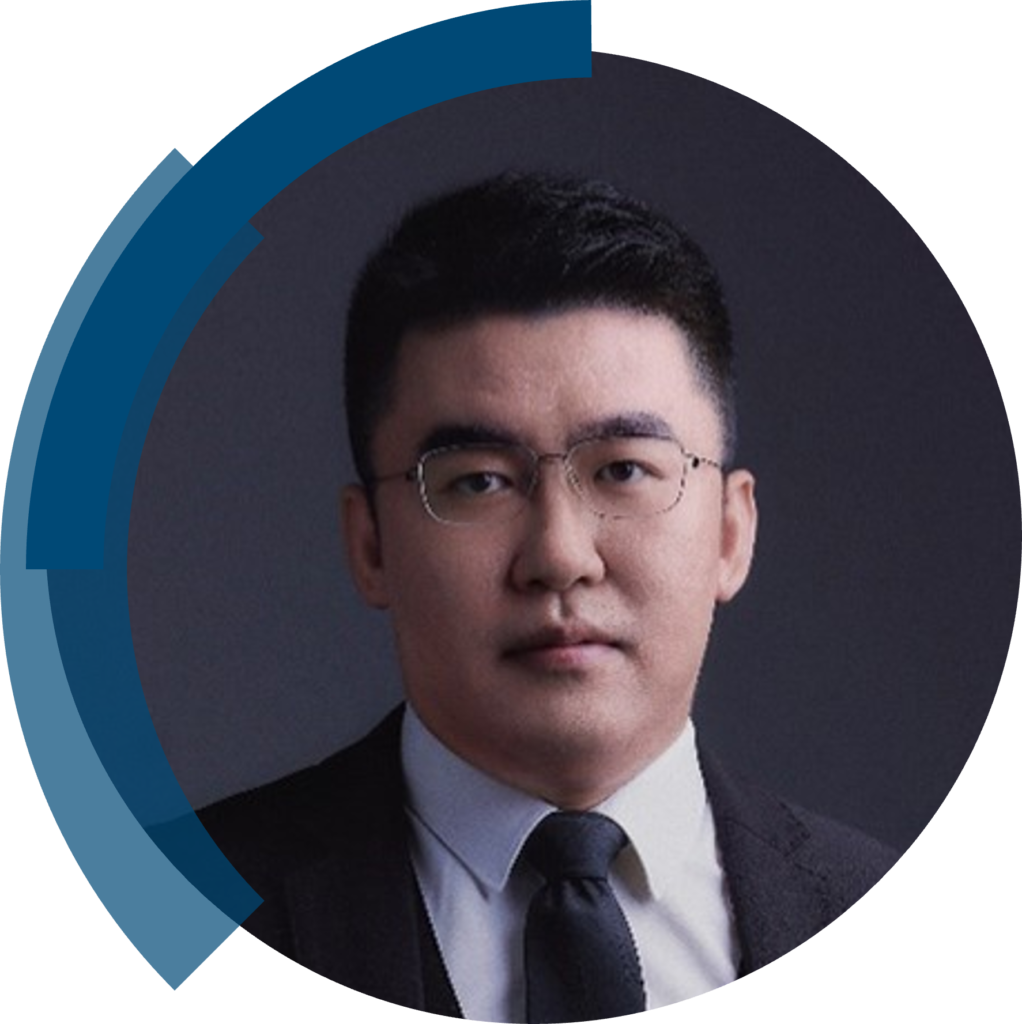Thermoelectric energy conversion
Submit your work to the collection before 19 November 2025
Nanoscale and Journal of Materials Chemistry A are delighted to announce on open call for our upcoming special themed collection Thermoelectric energy conversion.
This themed collection is being guest edited by Prof. In Chung (Seoul National University, South Korea), Dr. Emmanuel Guilmeau (CRISMAT, CNRS, France), Dr. Koushik Pal (IIT Kanpur, India), Dr. Subhajit Roychowdhury (IISER Bhopal, India), Dr. Ady Suwardi (The Chinese University of Hong Kong, Hong Kong), Prof. Li-Dong Zhao (Beihang University, China)

The growing global demand for clean, efficient, and sustainable energy solutions has positioned thermoelectric energy conversion at the forefront of advanced energy research. Thermoelectric materials, capable of directly and reversibly converting heat into electricity without any moving parts, offer a promising pathway for applications in both power generation and cooling technologies.
This themed collection aims to highlight recent advancements in the development and application of high-performance thermoelectric materials. Contributions will explore a broad spectrum of research, including the synthesis of novel compounds, the correlation between chemical bonding and structural features, structure-property relationships, and strategies for enhancing material efficiency.
The scope extends to both fundamental scientific studies and applied technological innovations, including but not limited to:
- Theoretical and computational modelling of thermoelectric materials and properties
- Design and synthesis of novel thermoelectric materials (e.g., chalcogenides, oxides, skutterudites, and organic thermoelectrics)
- Nanostructuring and interface engineering for enhanced thermoelectric performance
- High-throughput screening and ML/AI approaches for thermoelectric material design, discovery and property prediction
- Advanced characterization techniques for probing thermoelectric properties
- Optimization of transport properties (e.g., Seebeck coefficient, electrical conductivity, thermal conductivity)
- Phonon engineered high-performance thermoelectrics
- Development of thermoelectric devices and modules for power generation and cooling
- Flexible and wearable thermoelectric systems
- Applications in waste heat recovery, renewable energy, and thermal management
- Sustainability and scalability of thermoelectric materials and technologies
By addressing the multifaceted challenges and opportunities in this rapidly evolving field, this collection seeks to provide a comprehensive platform for fostering innovation and guiding the next generation of thermoelectric technologies.
Open for submissions until 19 November 2025
The Editorial Office reserves the right to check suitability of submissions in relation to the scope of both the journal and the collection, and as such inclusion of accepted articles in the final themed collection is not guaranteed.
How to submit
If you would like to contribute to this themed collection
- Log into either the Nanoscale or Journal of Materials A online submission system.
- Submit your article
- Select your article type and under the “Themed issues” section in the submission form mention that it is an Open Call contribution to the Thermoelectric energy conversion collection
- Add a “Note to the Editor” that this is from the Open Call
The Editorial Office reserves the right to check suitability of submissions in relation to the scope of both the journal and the collection, and inclusion of accepted articles in the final themed issue is not guaranteed. Please note that all submissions will be subject to initial assessment and rigorous peer review to meet the usual high standards of Nanoscale and Journal of Materials Chemistry A. All articles featured in the collection must be in scope and as such final inclusion is not guaranteed and will be up to the discretion of the guest editors.
We look forward to receiving your latest work and considering it for this collection. Please do get in touch at materials-rsc@rsc.org if you have any questions at all.

















 Atomically precise Au and Ag nanoclusters doped with a single atom as model alloy catalysts.
Atomically precise Au and Ag nanoclusters doped with a single atom as model alloy catalysts. Consecutive one-pot alkyne semihydrogenation/alkene dioxygenation reactions by Pt(ii)/Cu(ii) single-chain nanoparticles in green solvent.
Consecutive one-pot alkyne semihydrogenation/alkene dioxygenation reactions by Pt(ii)/Cu(ii) single-chain nanoparticles in green solvent. Neodymium niobate nanospheres on functionalized carbon nanofibers: a nanoengineering approach for highly sensitive vanillin detection.
Neodymium niobate nanospheres on functionalized carbon nanofibers: a nanoengineering approach for highly sensitive vanillin detection. We are delighted to welcome Professor Zhuo Kang from the University of Science and Technology Beijing (USTB), China, as a new Associate Editor working across Nanoscale
We are delighted to welcome Professor Zhuo Kang from the University of Science and Technology Beijing (USTB), China, as a new Associate Editor working across Nanoscale 
